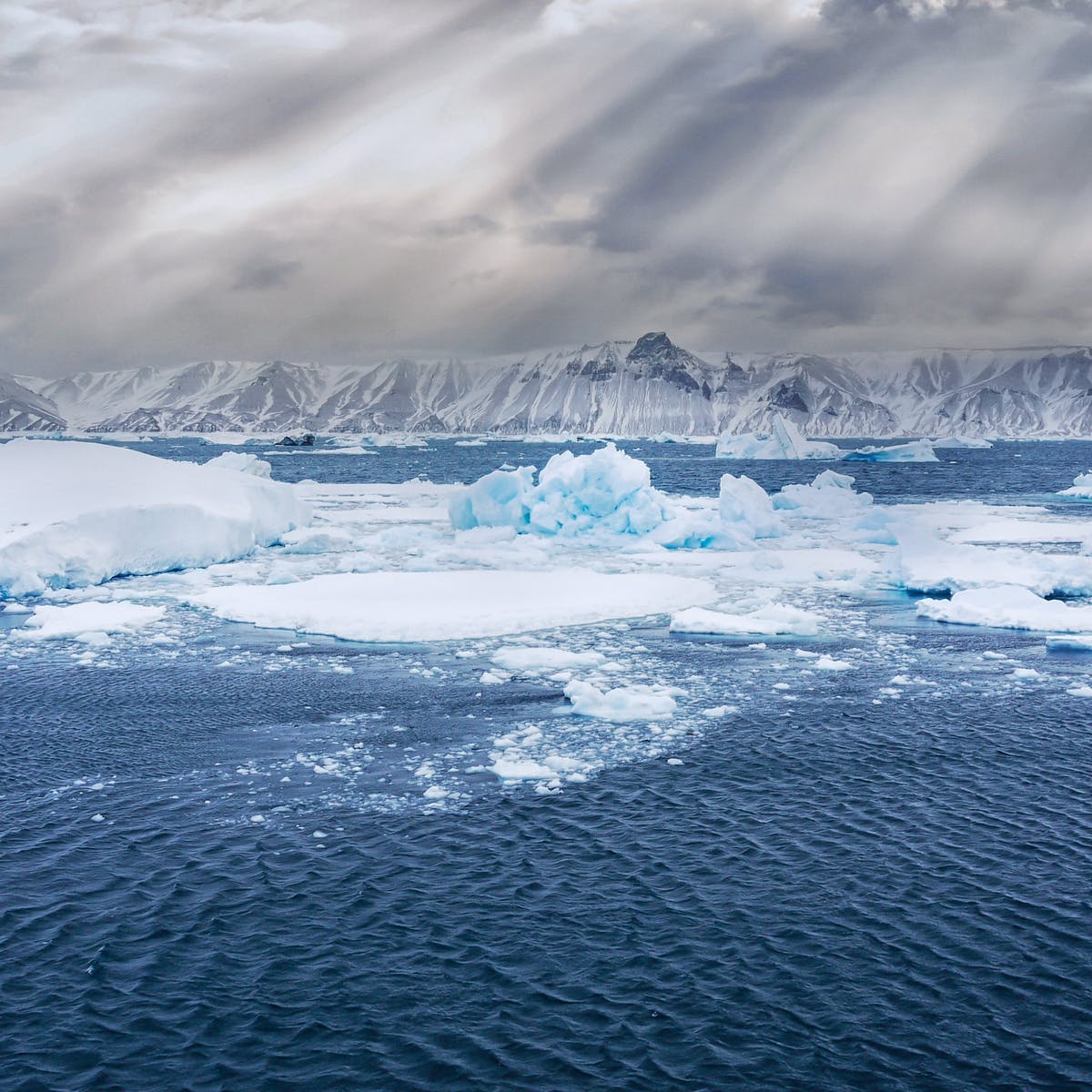In 2018, a map named after an oceanographer went viral.
The so-called Spilhaus projection, in which Earth is viewed from above the South Pole, was designed to show the connected nature of the ocean basins.
It is a perspective that comes naturally to those who live in the ocean-dominated southern hemisphere.
The Southern Ocean, also called the Antarctic Ocean (or even the Austral ocean), is like no other and best described in superlatives.
Let’s first look at the Southern Ocean’s capacity to store excess heat and carbon. The world’s oceans take up more than 90% of the excess heat generated by the burning of fossil fuels and a third of the additional carbon dioxide.
The Southern Ocean, south of 30°S, is estimated to store about 75% of this global oceanic uptake of excess heat and about 35% of the global uptake of excess carbon from the atmosphere. It is the primary storage of heat and carbon for the planet.
The Southern Ocean connects all major ocean basins, except the Arctic. The link is the Antarctic Circumpolar Current (ACC) – the largest ocean current on the planet. It carries more than 100 times the flow of all the rivers on Earth and transports enough water to fill Lake Ontario in just a few hours.
A combination of strong winds and a nearly uninterrupted passage around Antarctica give the ACC its strong flows and speed.
Source : The conversation




